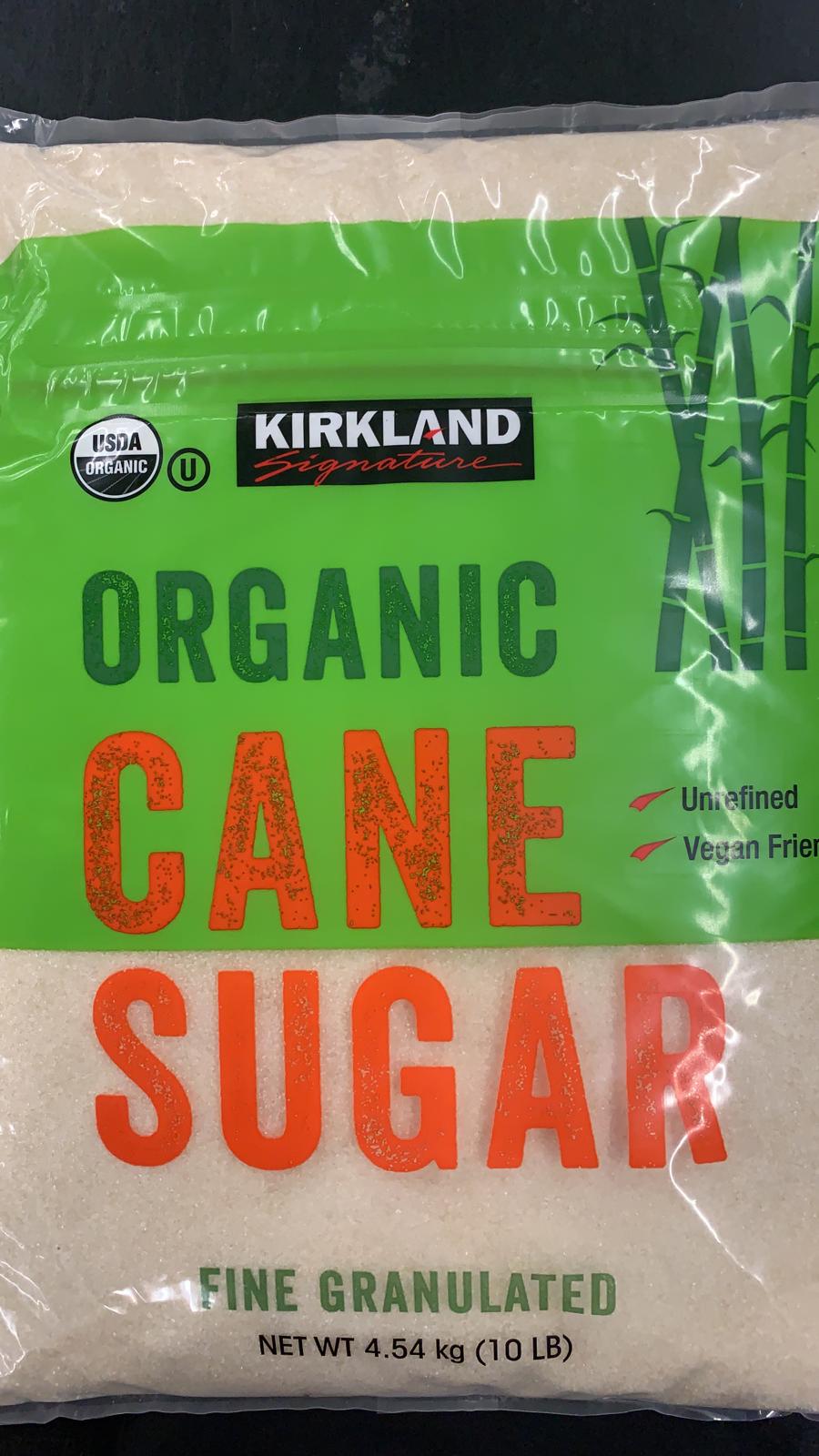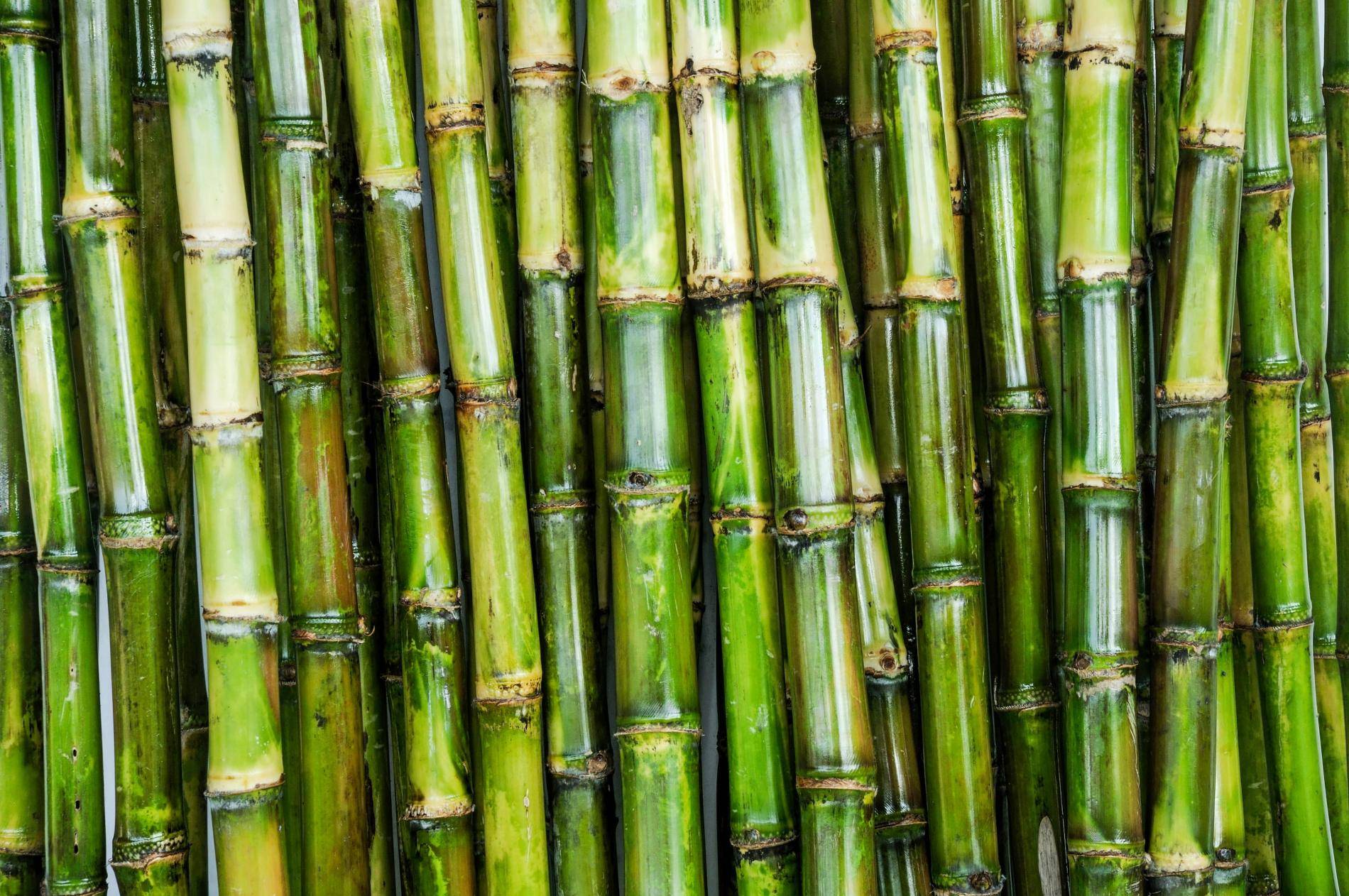Cane Sugar Processing Explained: What Happens Inside a Sugar Mill
Cane Sugar Processing Explained: What Happens Inside a Sugar Mill
Blog Article
An In-Depth Guide to the Environmental Effect and Sustainability Practices in Cane Sugar Processing
The environmental impact of walking stick sugar processing presents a complicated selection of obstacles that warrant mindful evaluation. From soil degradation and excessive water usage to the carbon impact related to farming and production, the consequences of traditional practices are far-ranging. On the other hand, the fostering of ingenious sustainability procedures provides a pathway toward much more responsible production approaches. Recognizing the interplay between these issues is crucial for stakeholders in the sector. What certain techniques can be applied to strike an equilibrium between productivity and ecological stewardship? The responses hinge on a closer consider both the difficulties and prospective services.
Introduction of Cane Sugar Handling
Cane sugar handling includes a series of methodical actions that transform sugarcane right into refined sugar. At first, harvested sugarcane is moved to processing facilities, where it undertakes cleaning to eliminate soil and debris. Following this, the walking cane is crushed to draw out juice, which is after that clarified by eliminating pollutants via heating and the addition of lime.
The made clear juice undertakes evaporation, where water is eliminated to focus the sugar web content. These crystals are separated from the remaining syrup utilizing centrifugation, resulting in raw sugar.
The final product is then dried and packaged for distribution. Throughout this entire process, maintaining effectiveness and high quality control is vital to guarantee the sugar satisfies market requirements. Each action in walking stick sugar handling not only contributes to the end product however also has implications for resource use and waste generation, establishing the phase for conversations on sustainability and ecological effects related to sugar production.
Environmental Challenges of Manufacturing
The manufacturing of walking stick sugar presents several substantial environmental obstacles that warrant interest. One main issue is the substantial use of agrochemicals, including plant foods and chemicals, which can lead to dirt deterioration, biodiversity loss, and contamination of regional water sources. The runoff from sugarcane areas usually lugs these chemicals into nearby ecosystems, disrupting marine life and impacting the health of communities reliant on these water bodies.
An additional difficulty is the high energy intake related to sugarcane processing. The boiling and refining phases require significant warm, primarily produced by burning nonrenewable fuel sources, contributing to greenhouse gas emissions. Furthermore, the expansive acreage required for sugarcane farming can result in logging and habitat destruction, more worsening environment change and harmful wildlife.
Moreover, the labor techniques in some areas elevate honest issues, as employees might encounter inadequate working conditions and poor wages. This circumstance commonly continues a cycle of destitution in local neighborhoods. Cane Sugar Processing. Dealing with these ecological obstacles is critical for developing extra lasting techniques in walking stick sugar manufacturing, eventually benefiting both the atmosphere and the communities included in this sector
Water and Land Use Effect
Water sources and land application are vital parts in the walking stick sugar sector that significantly affect the atmosphere. The farming of sugarcane calls for substantial water input, with quotes suggesting that it can take in approximately 2,000 litres of water per kilogram of sugar produced. This intensive use water commonly leads to exhaustion of regional water sources, influencing not just the sugarcane plantations yet additionally bordering communities and communities that rely upon the very same water resources for farming and residential usage.

Additionally, land usage for sugarcane cultivation can cause deforestation and the conversion of natural environments into monoculture haciendas. This method lessens biodiversity, disrupts regional ecosystems, and adds to dirt degradation. The expansion of sugarcane areas often trespasses on beneficial agricultural land, producing competitors for sources between food and biofuel production.
Lasting techniques, such as optimizing irrigation methods and applying crop rotation, are vital to alleviate these impacts. By adopting a lot more reliable water usage and land management methods, the walking cane sugar sector can decrease this article its eco-friendly impact, ensuring a balance in between farming productivity and environmental conservation.
Greenhouse Gas Emissions
Greenhouse gas exhausts represent a significant environmental concern within the walking stick sugar processing sector, particularly as agricultural practices broaden to satisfy worldwide need. The farming of sugarcane, a plant that prospers in exotic environments, relies heavily on synthetic fertilizers and pesticides, which add to laughing gas exhausts. In addition, land-use changes, consisting of logging for new sugarcane plantations, release co2 saved in plant life and dirt.
Throughout handling, power usage is one more major resource of greenhouse gas exhausts - Cane Sugar Processing. Many sugar mills make use of fossil gas to power machinery and create warm, resulting in substantial carbon impacts. Additionally, the transportation of raw sugarcane and ended up products includes layers of discharges with fuel burning in cars
The cumulative result of these emissions aggravates climate adjustment, presenting risks not just to the environment however also to the long-lasting viability of the industry. Stakeholders should acknowledge the urgent requirement for extensive approaches that attend to these exhausts. This includes reviewing current farming techniques, processing techniques, and transport systems to identify locations for renovation and mitigation. Addressing greenhouse gas discharges is essential for fostering a more lasting cane sugar sector in an altering environment.

Sustainable Practices and Innovations
Lasting practices and technologies are progressively vital in the walking cane sugar processing industry as stakeholders seek to reduce ecological influences while preserving performance. One considerable innovation is the application of incorporated crop administration, which optimizes resource usage by combining dirt monitoring, insect control, and plant rotation techniques. This strategy enhances yield while decreasing chemical inputs and preserving dirt wellness.
Furthermore, the fostering of renewable energy resources, such as biomass from sugarcane deposits, has acquired grip - Cane Sugar Processing. By transforming waste items right into energy, investigate this site processing centers can lower their reliance on fossil fuels, consequently decreasing greenhouse gas emissions
Water administration methods have actually additionally seen improvements with the recycling and reusing of water in handling plants, dramatically reducing freshwater usage. Innovations in innovation, such as precision agriculture, allow farmers to check plant health and resource usage better, making certain sustainable cultivation practices.
Additionally, accreditation programs like Fair Profession and Jungle Partnership motivate ecologically accountable farming methods and promote social equity within the supply chain. By accepting these sustainable methods and developments, the walking stick sugar processing industry can enhance its resilience and add favorably to ecological stewardship.
Final Thought
The ecological impact of cane sugar handling offers considerable difficulties, including soil destruction, high water intake, and greenhouse gas discharges, together with ethical concerns connected to labor techniques. Attending to these problems through lasting techniques, such as integrated crop monitoring, renewable resource adoption, and water recycling, is crucial. By advertising environmentally responsible and socially fair approaches in sugar manufacturing, the industry can mitigate its damaging impacts, guaranteeing an extra lasting future for both environments and neighborhoods included in this sector.
Walking cane sugar processing entails a collection of systematic actions that transform sugarcane right into refined sugar. Each action in cane sugar handling not only adds to the final item yet additionally has implications for source use and waste generation, establishing the stage for conversations on sustainability and environmental effects associated with sugar manufacturing.
Greenhouse gas emissions stand for a significant ecological issue within the important link walking cane sugar processing industry, specifically as agricultural techniques expand to satisfy international demand.Lasting practices and advancements are increasingly essential in the cane sugar processing sector as stakeholders seek to minimize ecological impacts while preserving performance.The environmental effect of walking cane sugar processing presents considerable difficulties, including soil destruction, high water usage, and greenhouse gas exhausts, along with ethical issues connected to labor techniques.
Report this page